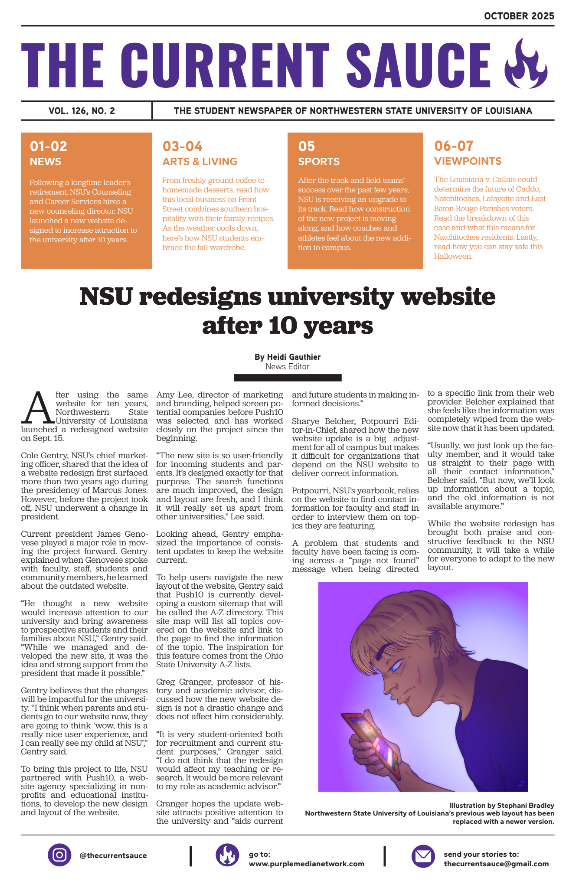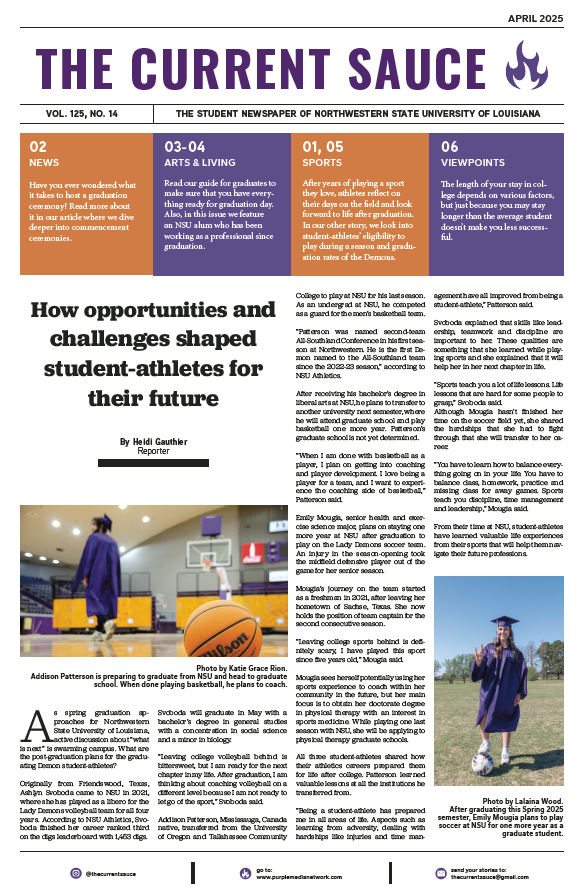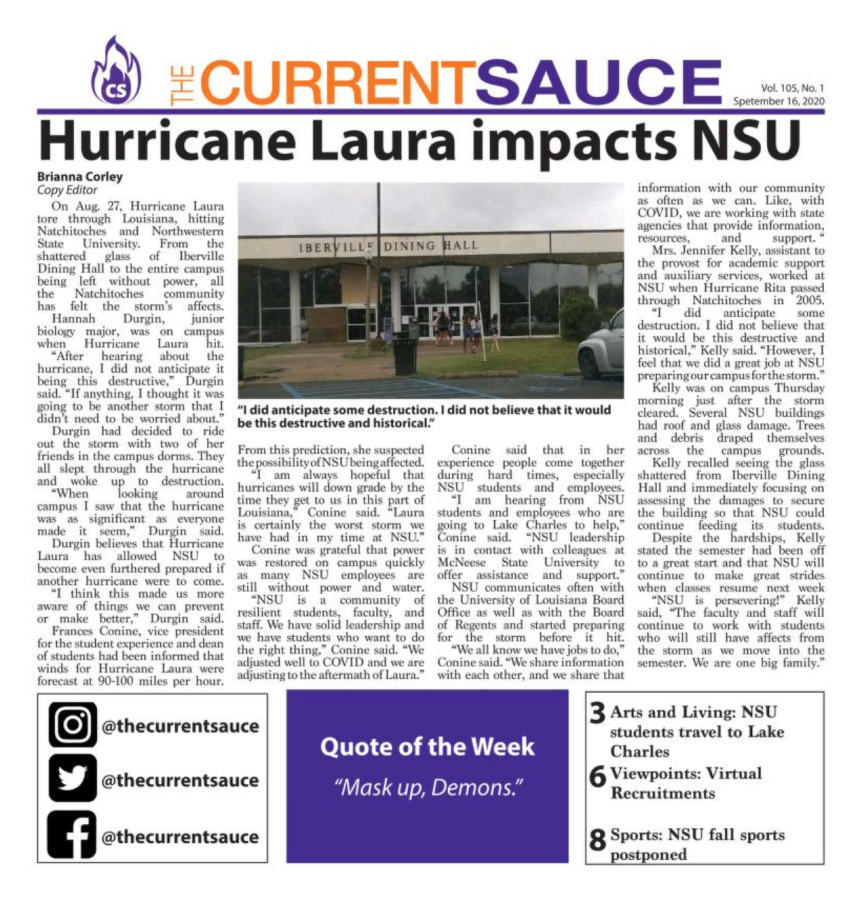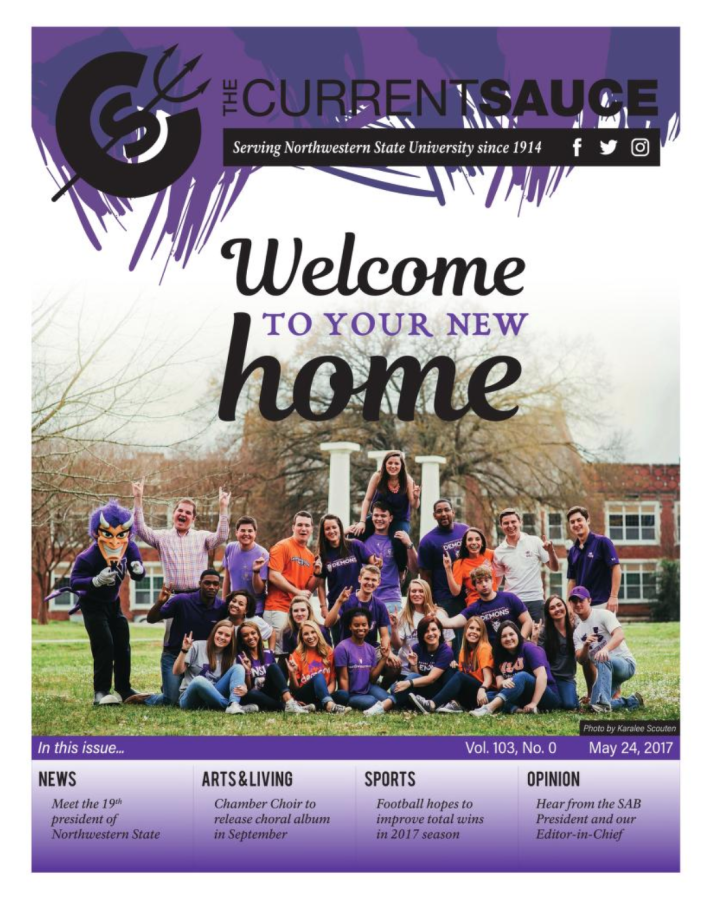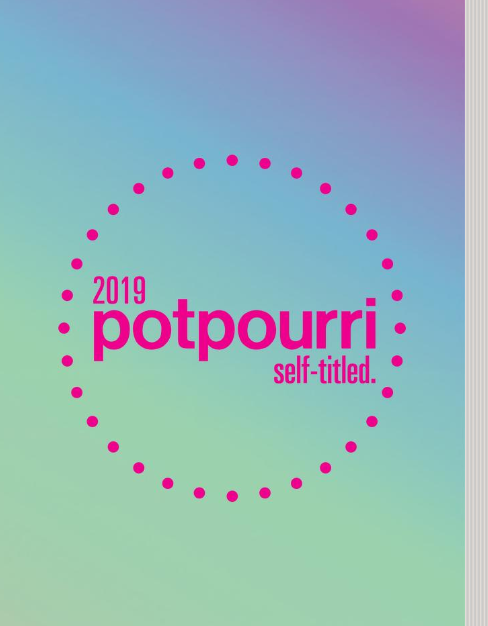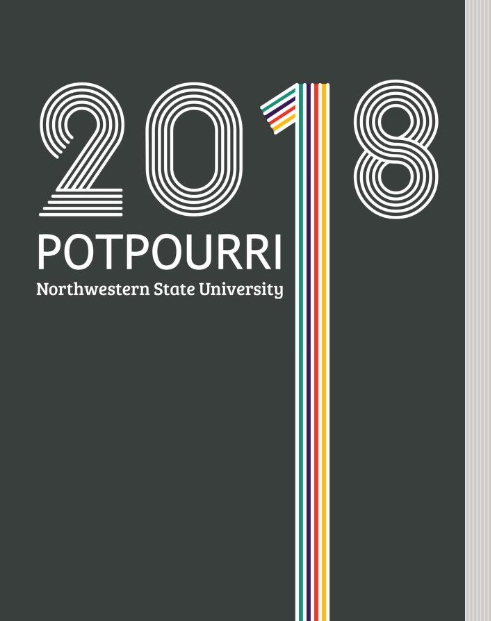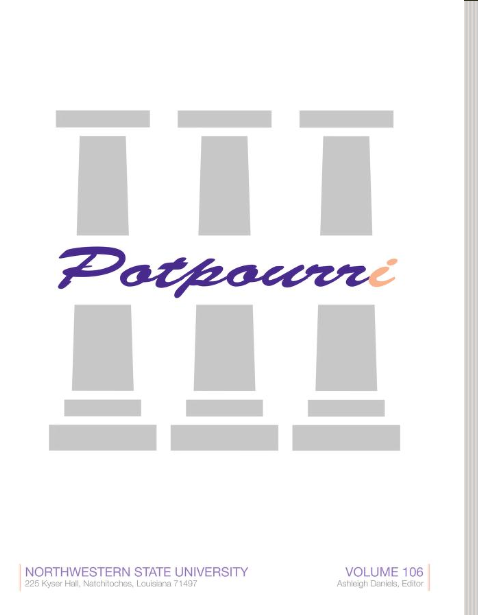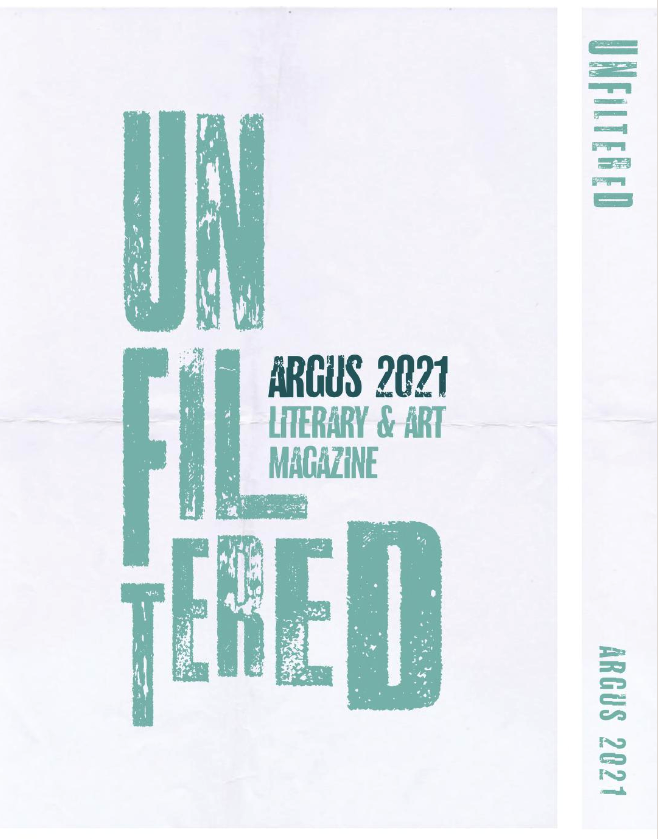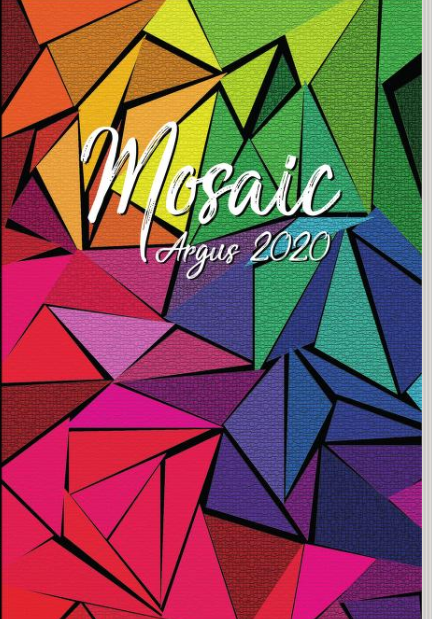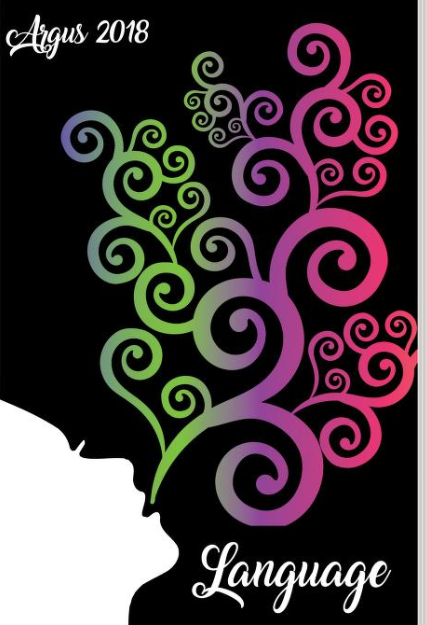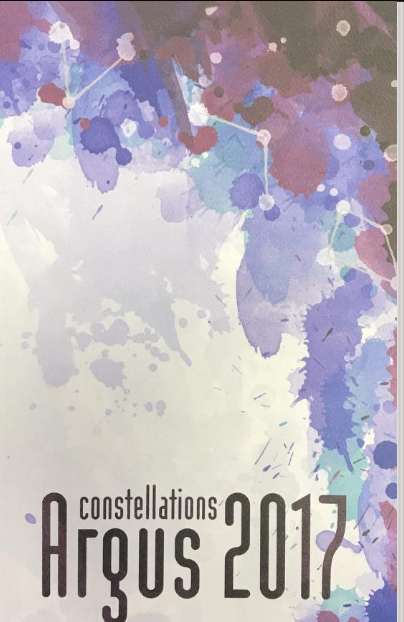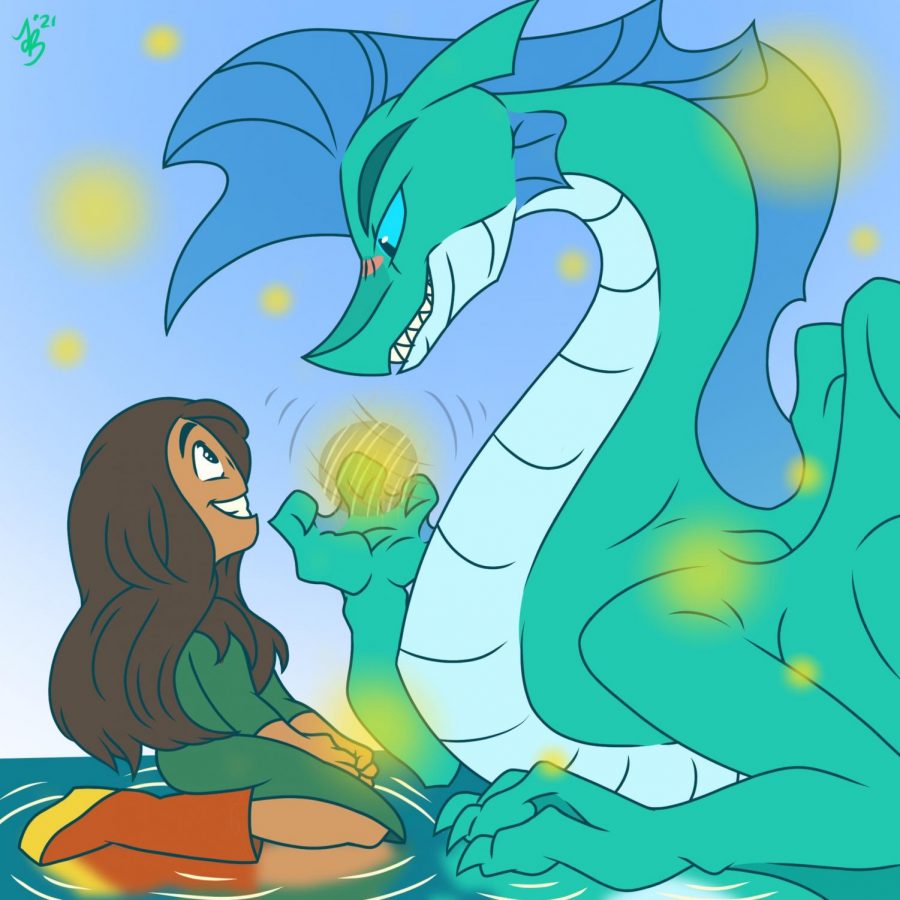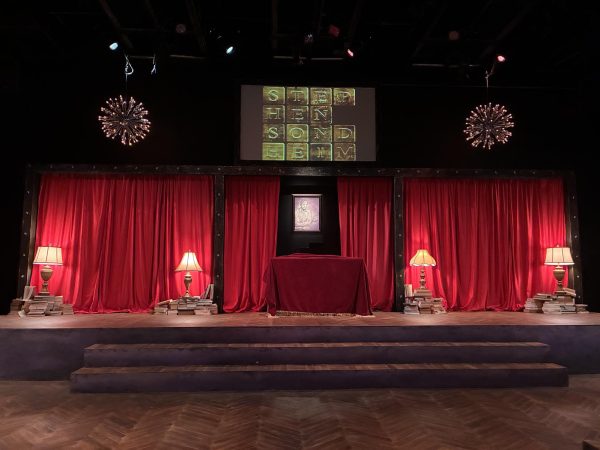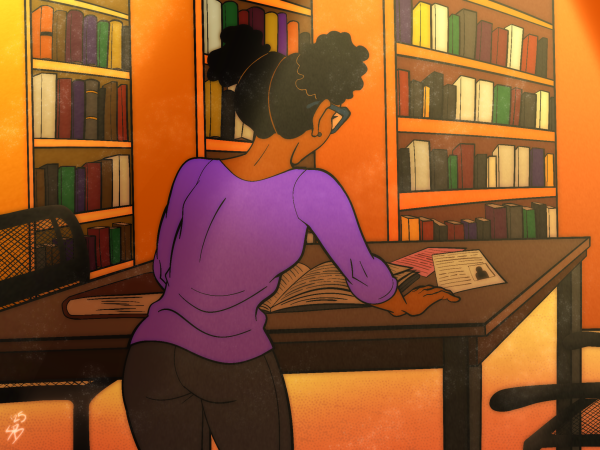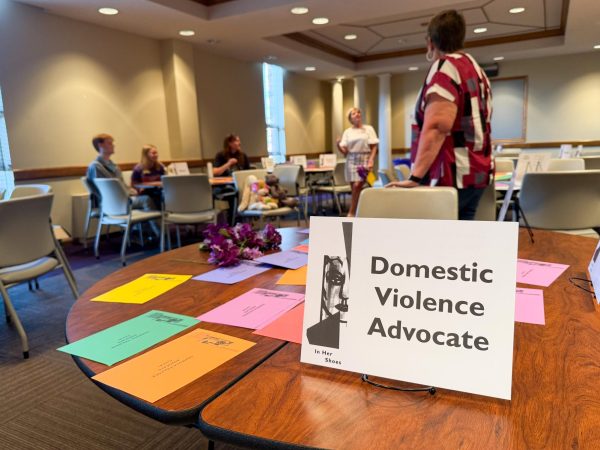“Raya and the Last Dragon:” a princess who doesn’t need saving
Even just a small act of genuine kindness can invite any person to trust someone.
A magical dragon, a warrior princess and the fate of her entire nation in her hands. Does that sound familiar? If so, you have most likely watched “Raya and the Last Dragon,” featuring Kelly Marie Tran as Raya and Awkwafina as Sisu.
With its focus on martial arts and well-written story, “Raya” has won the hearts of young audience members. The film is also remarkable in that it brought audiences the first Southeast Asian Disney princess.
The film opens with a young Raya and her trusted companion Tuk Tuk (who definitely checks off the “cute animal sidekick” box). They investigate the sundry traps that lead to the temple where the Dragon Gem is kept, and they encounter a masked warrior.
After the first of many martial arts sequences (which will no doubt inspire young girls to take up martial arts), the masked warrior is revealed to be Raya’s father, Chief Benja. Chief Benja explains to Raya that unity within Kumandra can only exist if the dragon gem remains together.
With that aim in mind, Chief Benja calls for a dinner with all the neighboring tribes. There, Raya meets Namaari (Gemma Chan), a young warrior from the Fang tribe. They bond over their mutual appreciation for the dragon lore of Kumandra, and Namaari gives her a brooch representing Sisu.
Namaari sends out a signal of sorts, alerting the other Fang warriors to the location of Heart’s piece of the Dragon Gem. In the process, Chief Benja is killed. Raya feels guilty for her father’s death, and she escapes on the quest to gather the remaining pieces of the Dragon Gem.
Fast forward in time, and Raya has grown. She summons Sisu and they embark on the quest to gain the Dragon Gem. More sparring sequences ensue, and they gain new friends along the way.
I particularly found Awkwafina’s comic timing throughout the film to be impeccable.
With only one song during the end credits, “Lead the Way” by Jhene Aiko, the film is also a first for Disney in that the princess does not sing. Instead, she shows off her martial arts abilities.
The film also does an excellent job of depicting different aspects of Filipino culture. For example, Chief Benja hosting a dinner to negotiate a more united Kumandra is one demonstration of the importance of food in bringing people together.
Another depiction of food and its importance in Filipino/Asian culture is Captain Boun. The young boy offers to transport Raya and her gang while serving “the best shrimp congee ever.”
I greatly enjoyed the depiction of Filipino martial arts (such as escrima). What I also enjoyed most was the message that trusting each other and looking past biases is ultimately the key to unity.
In addition, Raya has become a character many young girls will begin to identify with. Disney has begun to create a track record of creating princesses that do not need saving.
While Raya is certainly not the first princess to be “self-saving,” she is definitely the first Southeast Asian princess. “Raya and the Last Dragon” is a film that proves representation matters.

Stephani Bradley is a senior fine and graphic arts major with minors in film, creative writing and English. This will be her final semester working for...

